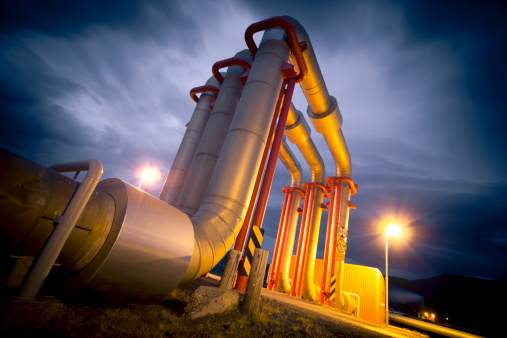According to a new advisory bulletin issued by the Pipeline and Hazardous Materials Safety Administration (PHMSA), every pipeline in the United States must have “traceable, verifiable and complete” information regarding their maximum operating pressures. The new regulations apply to gas pipelines and the respective maximum allowable operating pressures (MAOP) and hazardous liquid pipelines’ maximum operating pressures (MOP).
The new regulations apply to all owners and operators working with pipeline data prior to 1970. Those that have developed MAOP and MOP records with no traceable, verifiable and complete information will not be accepted and must be developed using an alternative method previously approved by PHMSA. The new regulations will also prohibit segments from being “grandfathered” in.
To pass inspection, the new records must be traceable back to the original source and confirmed through pressure test contracts, fields or logs. All complete records must also be signed and dated.
The technical elements to be considered when measuring MAOP and MOP levels include the design pressure of the weakest segment, pressure testing and the maximum safe pressure based on the specific pipeline’s history. The report says pre-1970 pipelines do not have to pressure test specific pipeline segments or consider the pipeline’s design information when establishing MAOP and MOP levels.
However, those with documents containing pre-1970 data must have the original signed and dated documents to pass inspection. Those without the necessary paperwork must find another method to establish MAOP and MOP levels.
To read more about the new regulations, click here.






